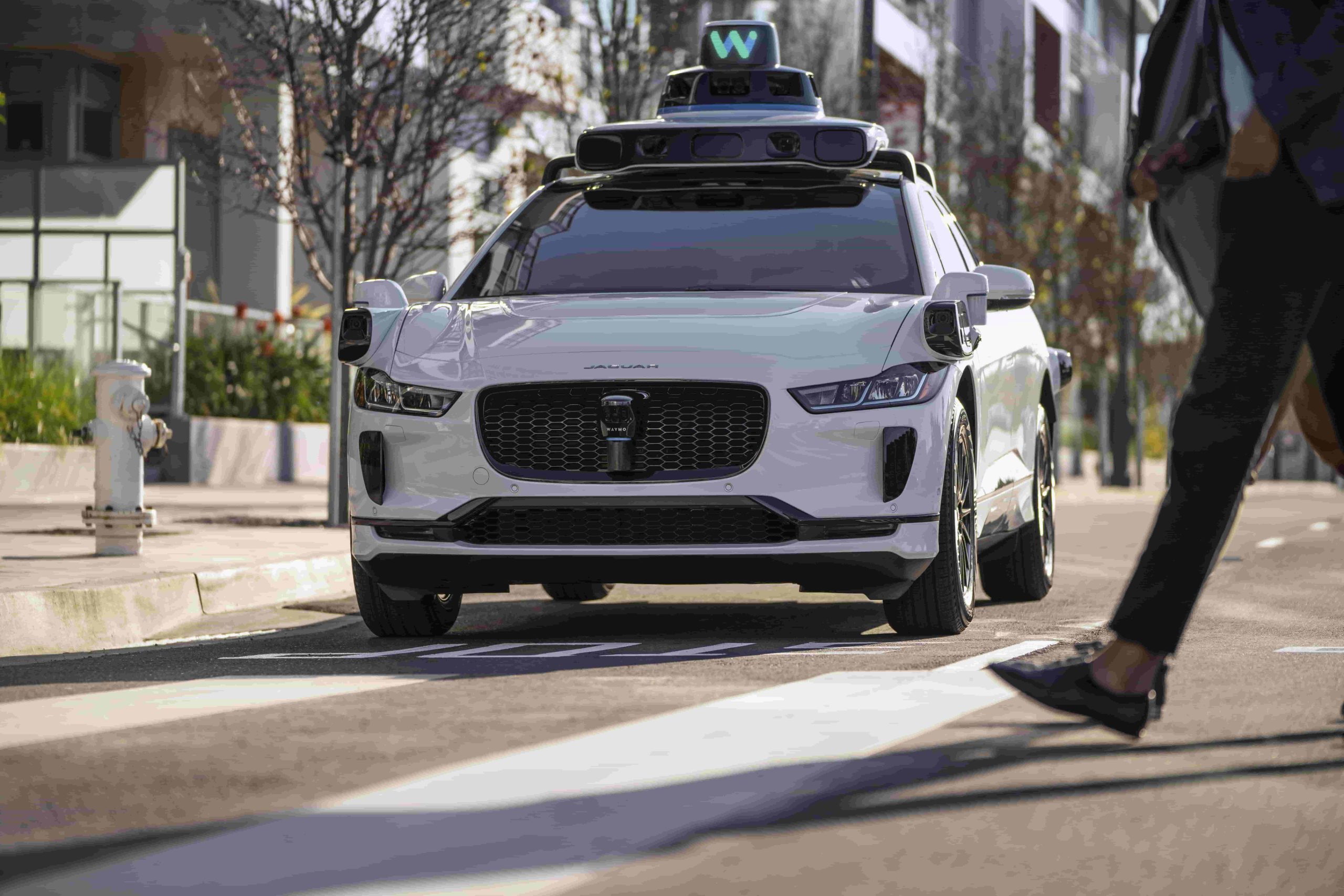There’s a big stir happening in the world of self-driving vehicles as Waymo and Cruise, two frontrunners in the industry, make significant strides in shaping the future of transportation. Notably, their expansion in San Francisco, with authorization to operate around the clock, has caught the attention of many. However, it’s not just the US scene that’s buzzing – there’s a riveting development beyond the states that’s equally worth examining.
The Surge for Waymo and Cruise
Following their sanction to widen operations in San Francisco including 24/7 service, both Waymo and Cruise saw a significant surge in the download of their respective apps. Recent statistics reveal that downloads of Waymo’s app rose by 67%, while downloads for the Cruise’s app jumped up by a staggering 77% in the five days after the approval. With around 100,000 users already on the waitlist for Waymo One service in the San Francisco vicinity, this rise is no small feat.
Challenges and Opportunities
However, the journey hasn’t been smooth sailing for Cruise. A recent debacle saw a human-operated car hit a pedestrian who was subsequently thrown onto the path of a Cruise vehicle, resulting in calamity. To make matters worse, a separate incident saw another Cruise vehicle find itself stuck in wet concrete. Meanwhile, Waymo has been making silent but steady headway both in San Francisco and Los Angeles, hinting at a potential collaboration with the Zeekr, a Geely-owned EV startup, for robotaxis aimed for the US market.
The Future of Robotaxis
Despite these advancements, the mass-scale introduction of robotaxis from Cruise and Waymo still seems a distant reality, with uncertainties surrounding their propensity for accidents. However, forgotten in the limelight is XPeng, a company that has been quietly investing in self-driving capabilities. Buoyed by its acquisition of ridesharing firm Didi’s EV unit, XPeng may soon be rolling out its own fleet of robotaxis for the Chinese market.
XPeng’s Bold Move
There’s no doubt China is fast-paced when it comes to embracing new tech, and with XPeng now a part of Didi’s ridesharing network, the moment might have arrived sooner than we thought. The details of XPeng’s plans are currently under wraps, but it has hinted towards launching a mid-priced car model under the brand MONA. This strategic partnership with Didi is likely to give XPeng a solid footing and enhanced scale for the car’s production, set to kick off in the latter half of 2024, making a large-scale autonomous taxi service a possibility.
The Promise of a New Era
As we continue to watch technology integrate further into our lives, the merging of a leading ridesharing network and an innovative EV startup could be an exciting prospect. Only time will reveal the true potential of this remarkable union, but one thing is clear: the race for robotic taxis is heating up, carrying promises of a new era in transportation.
